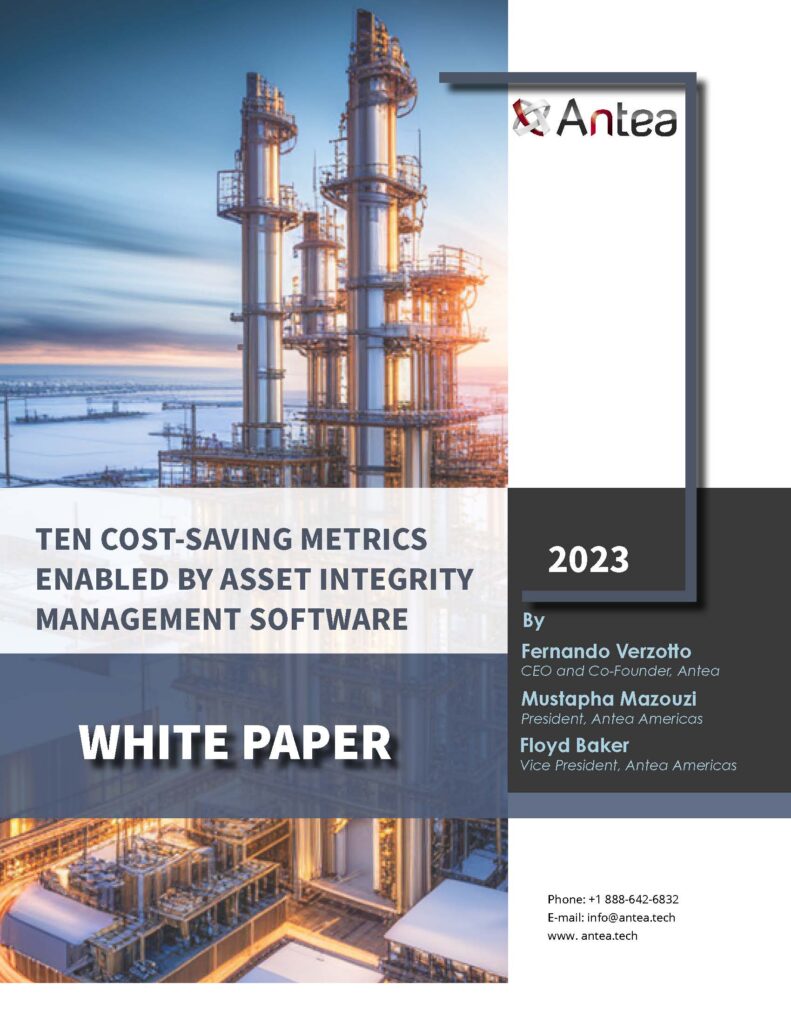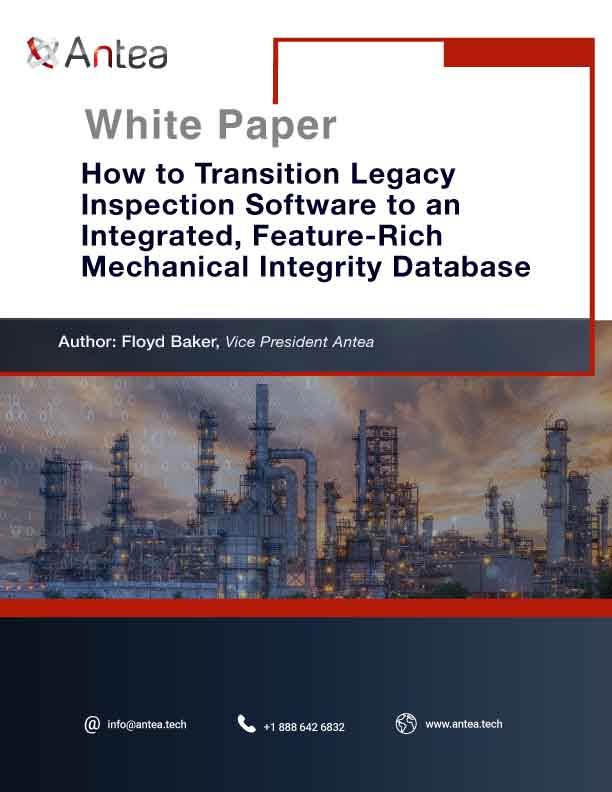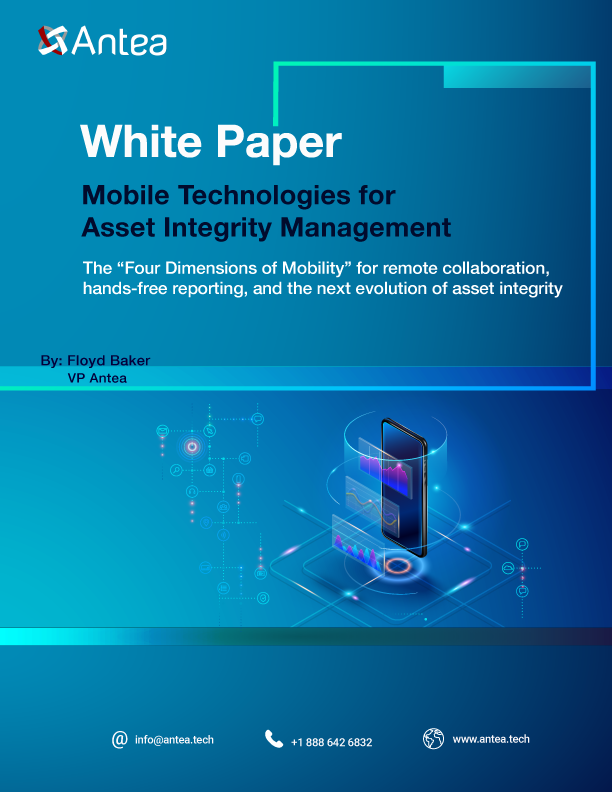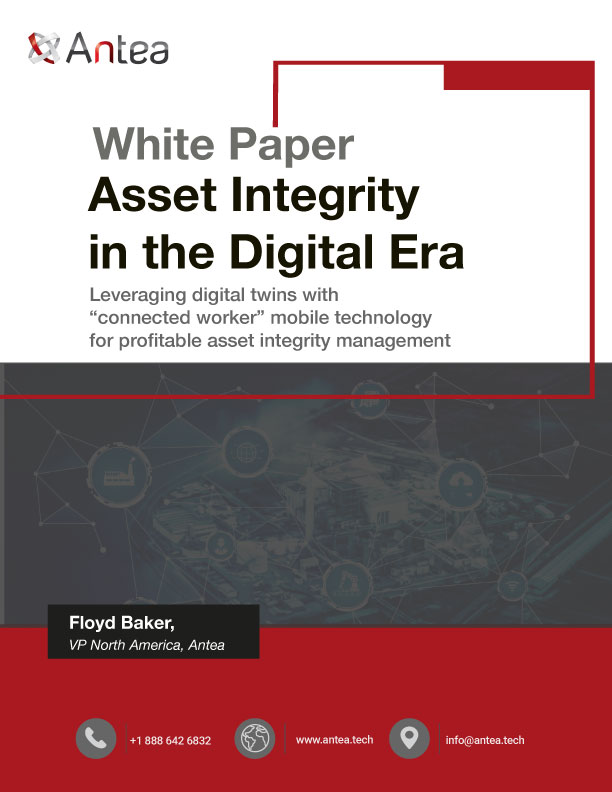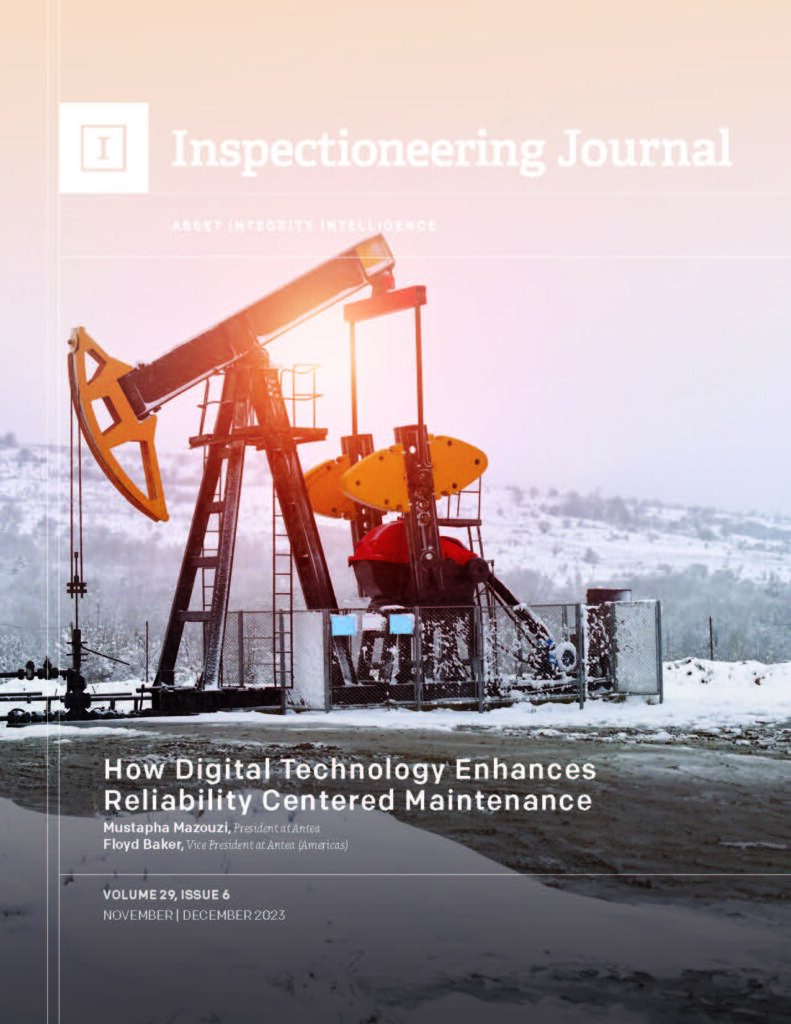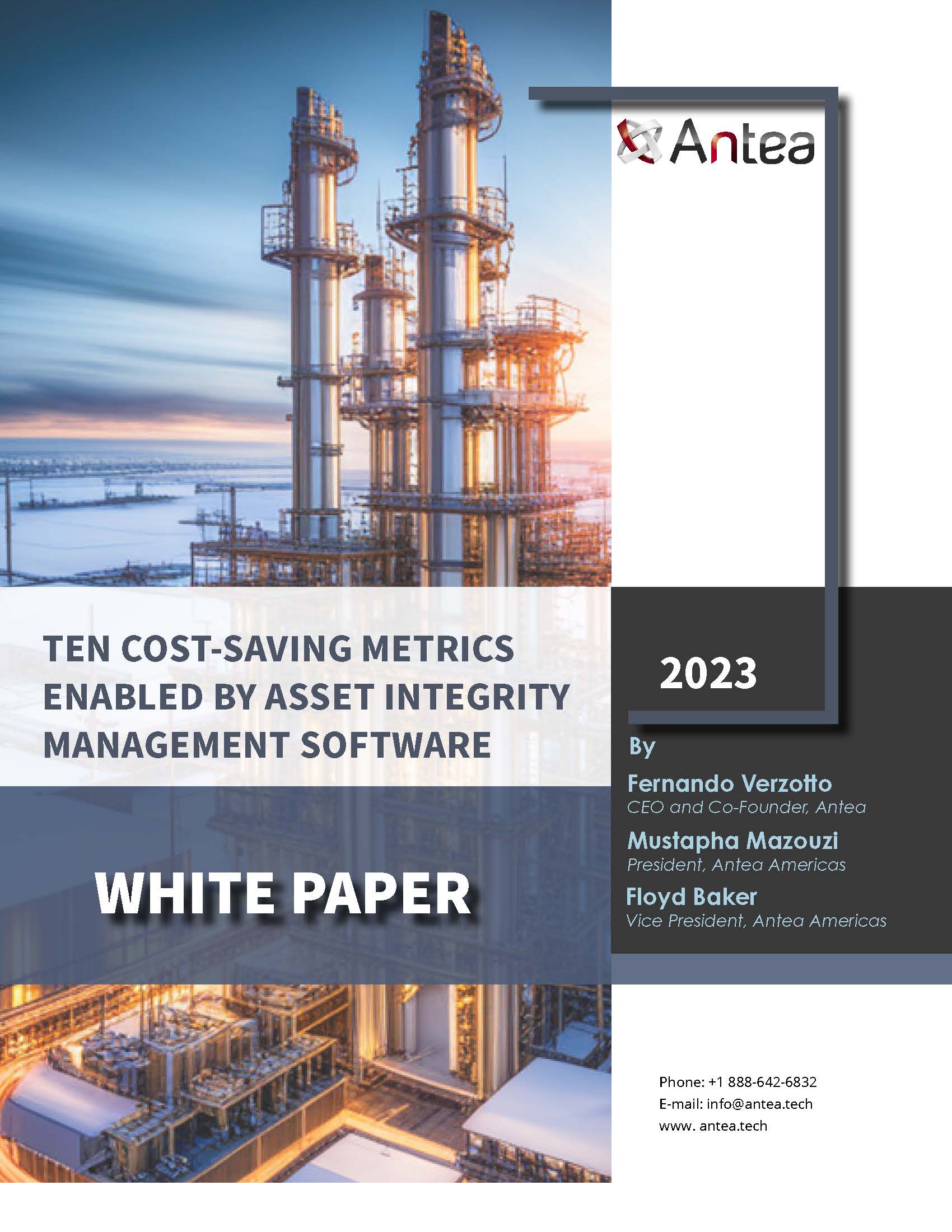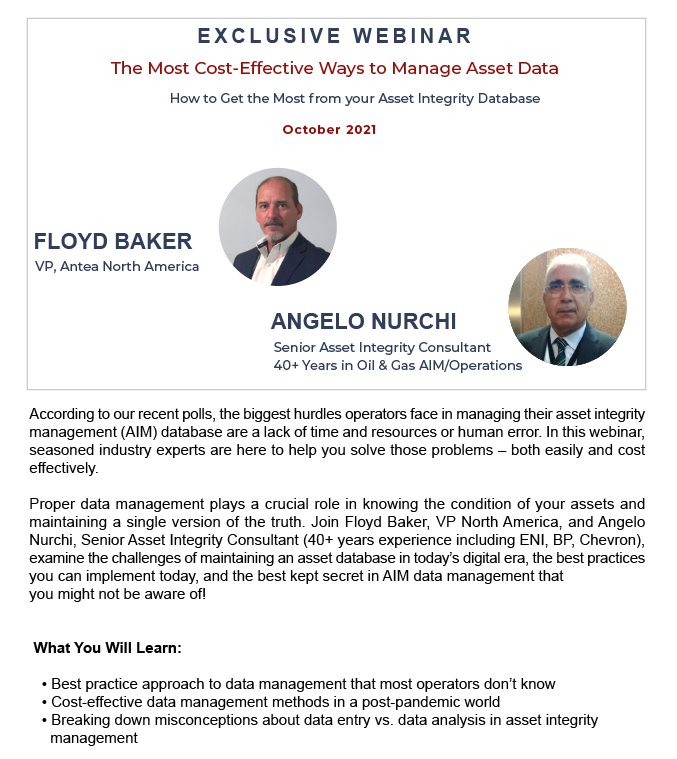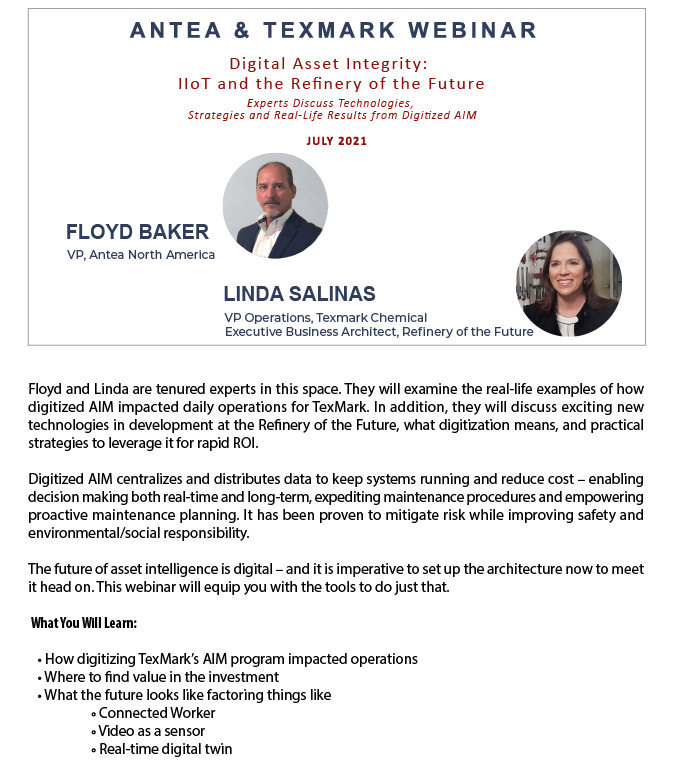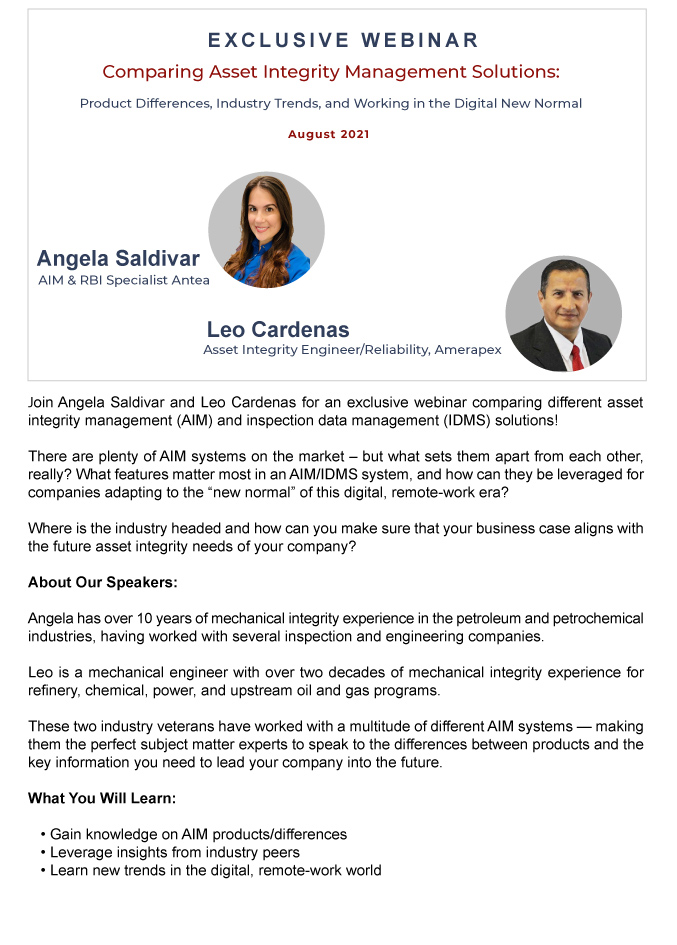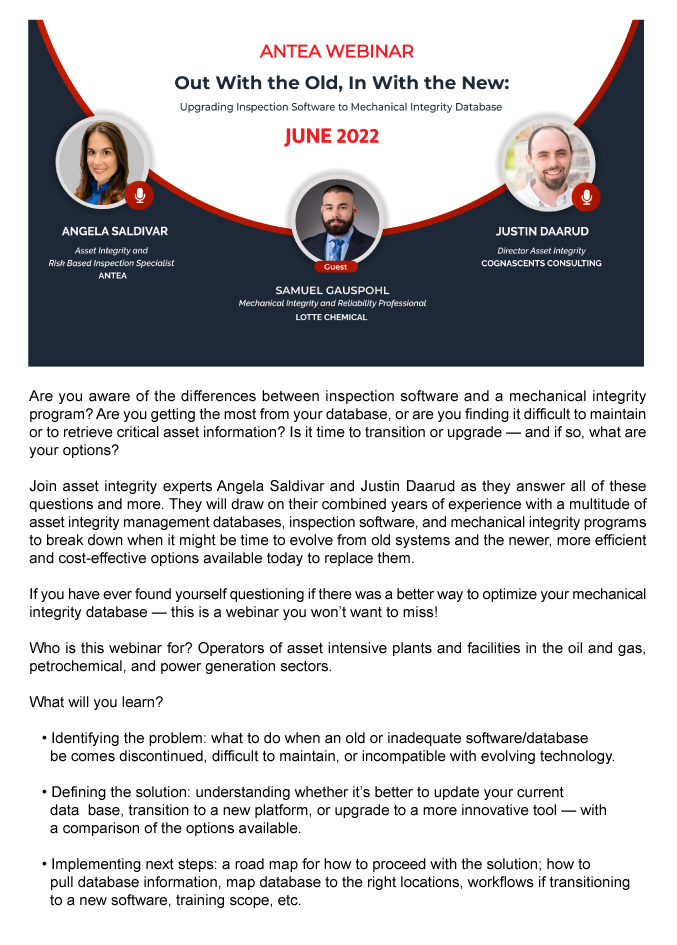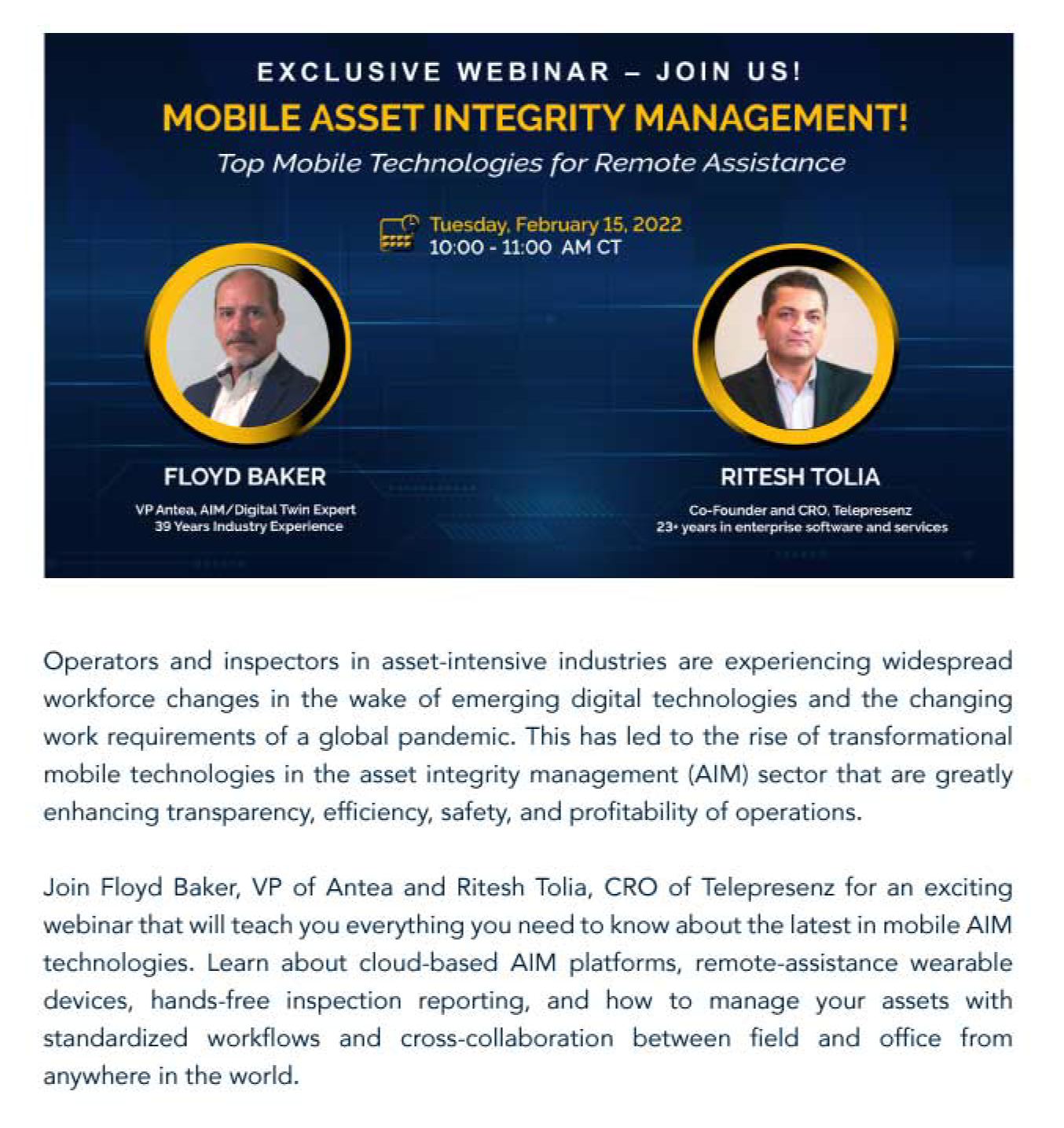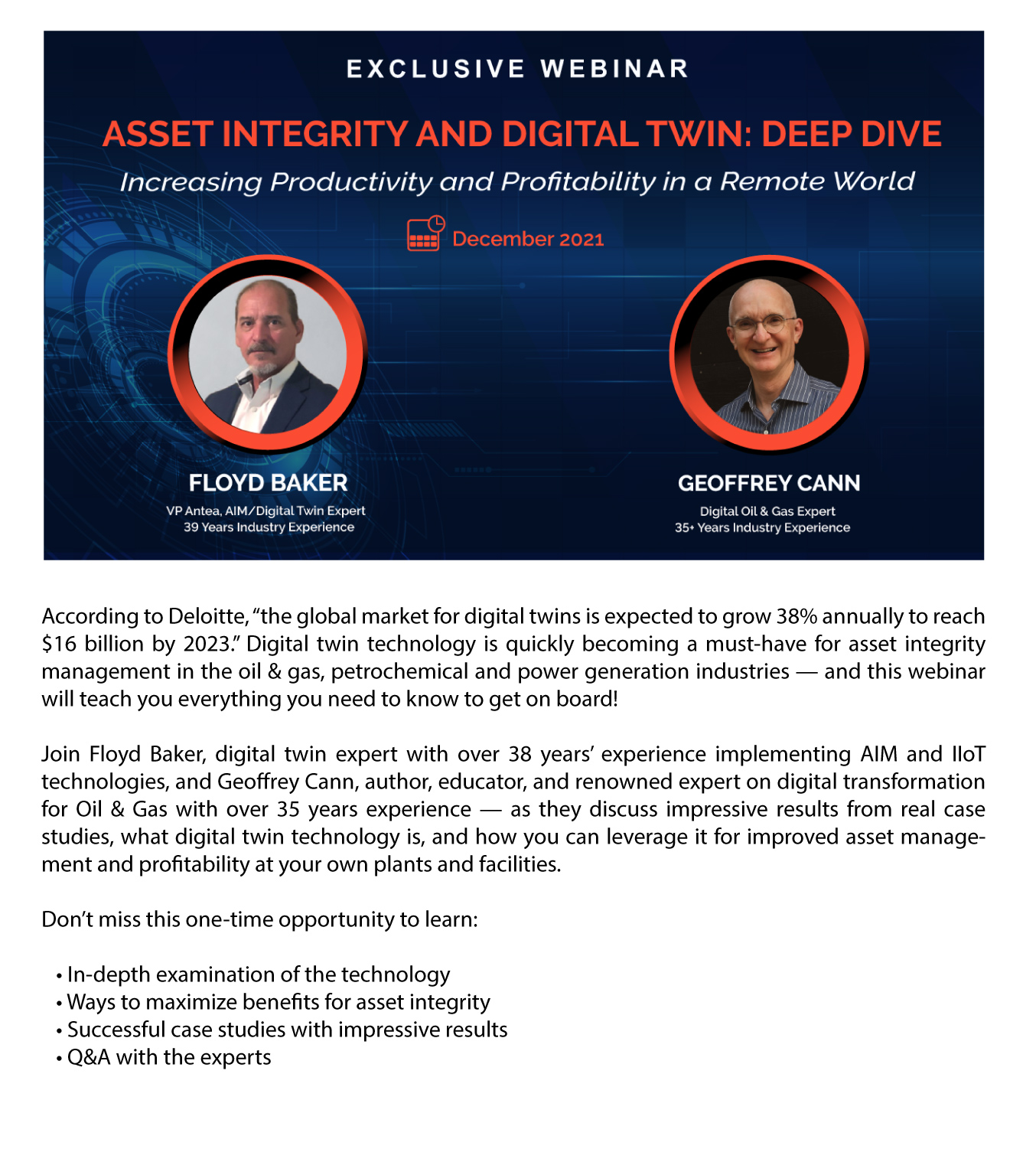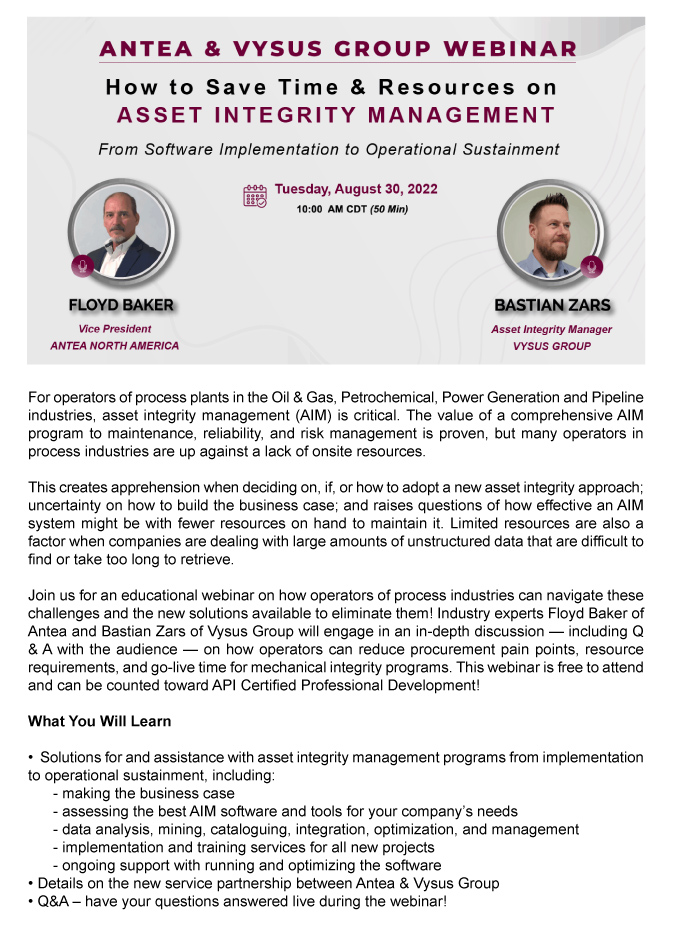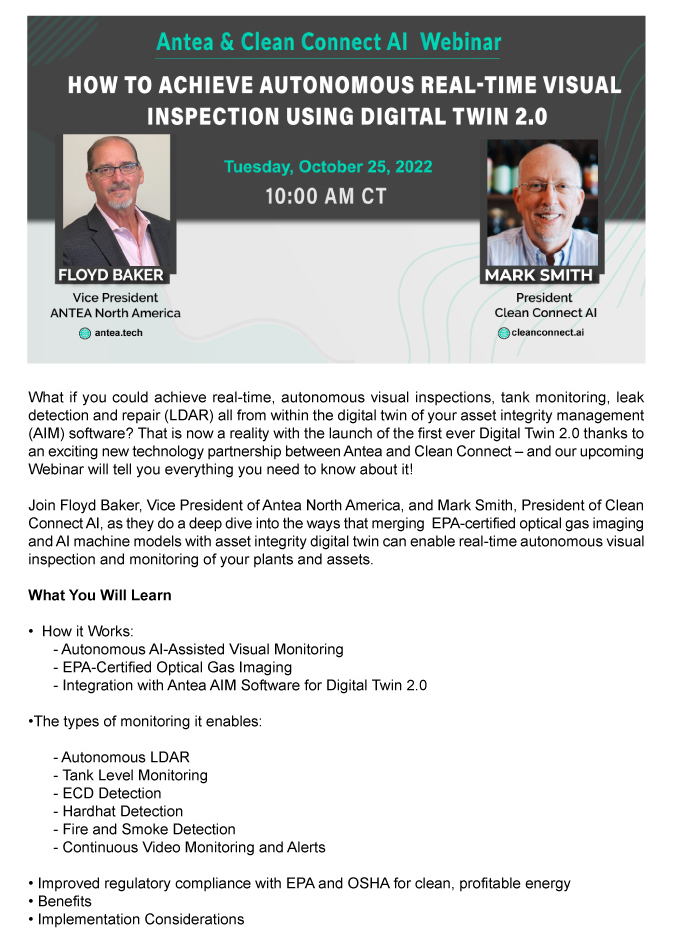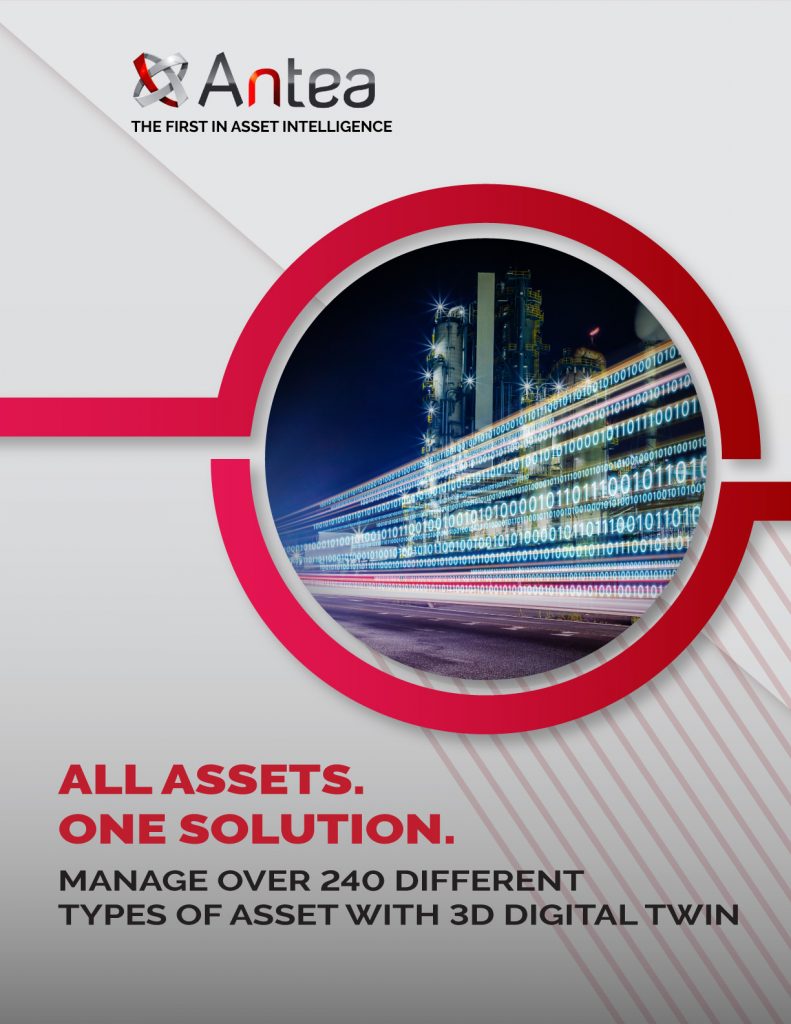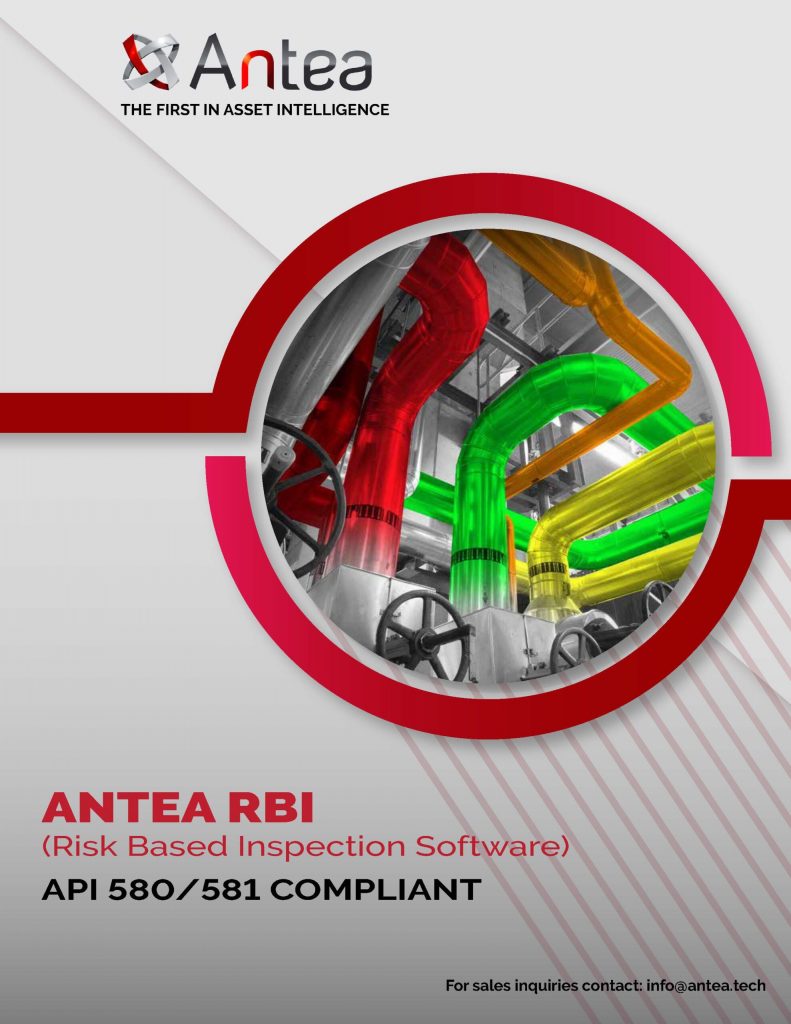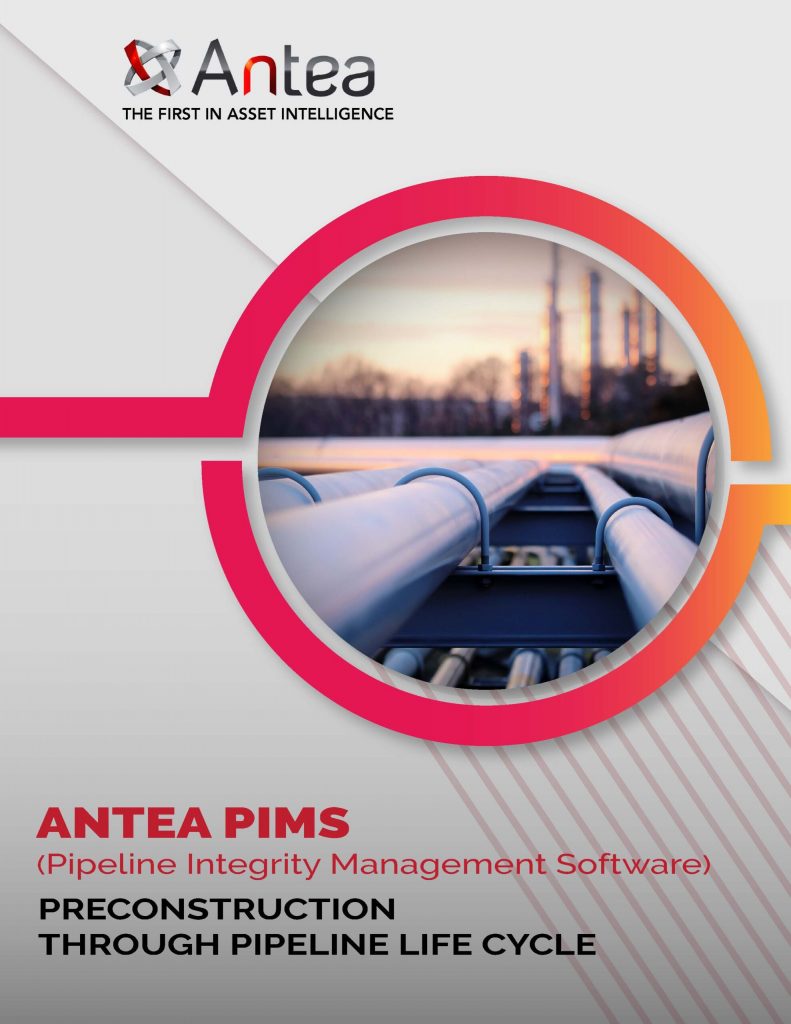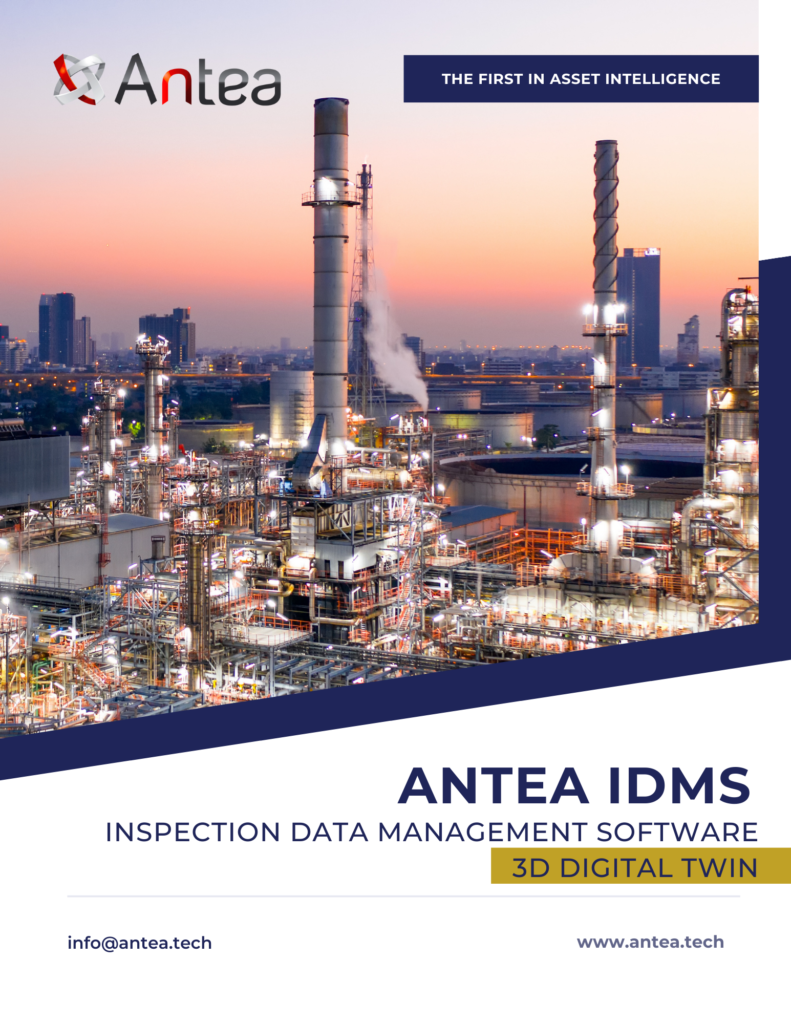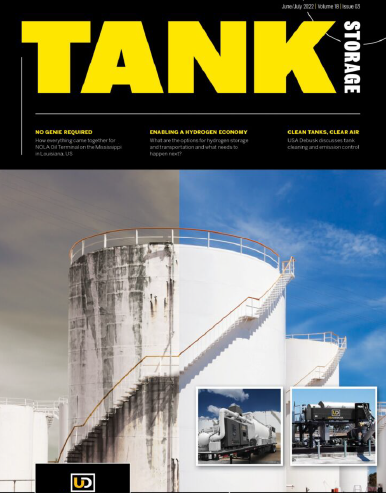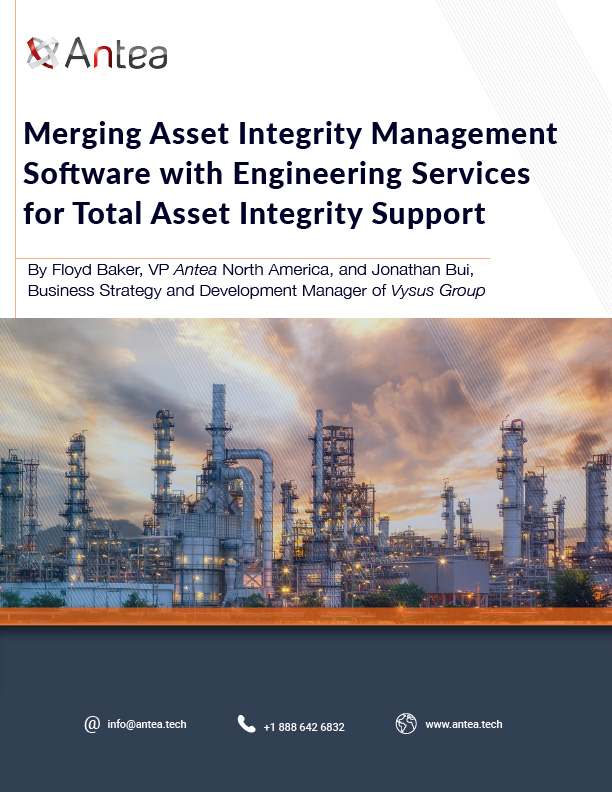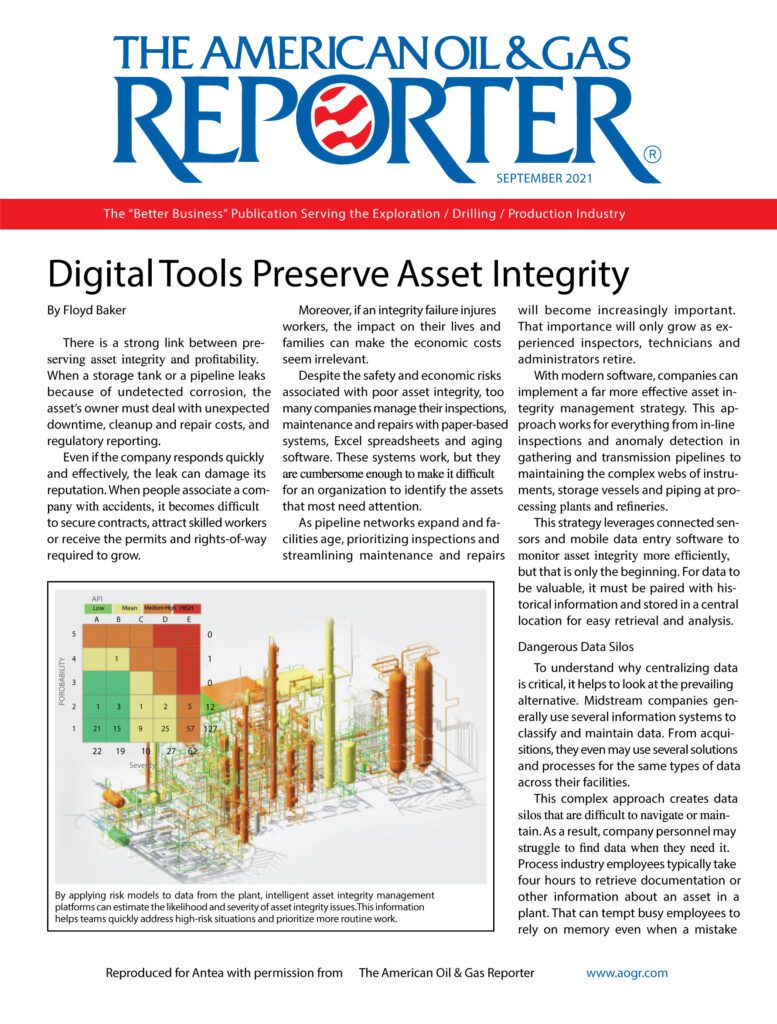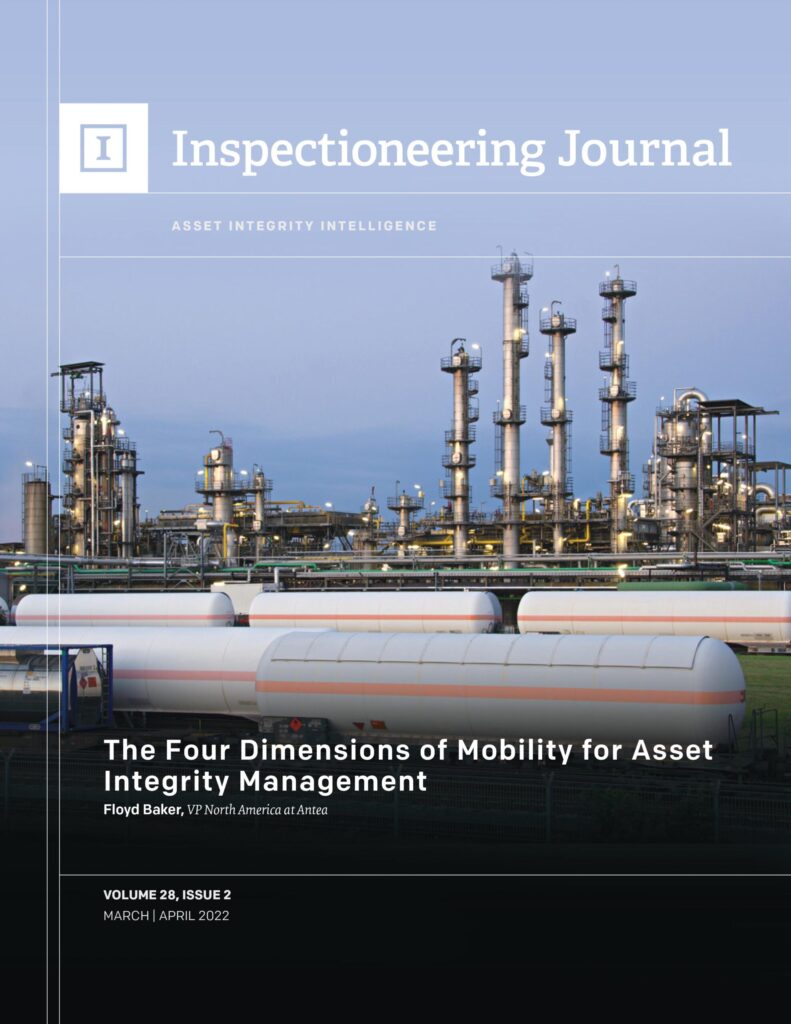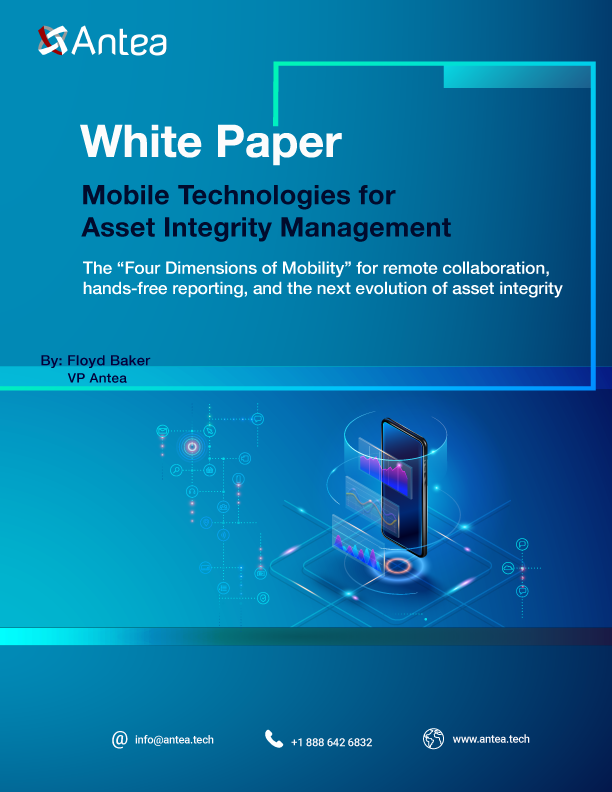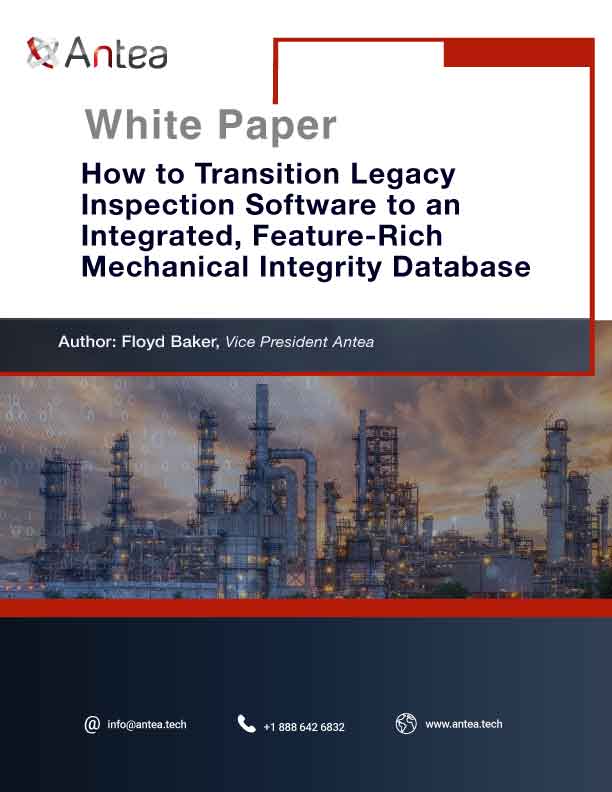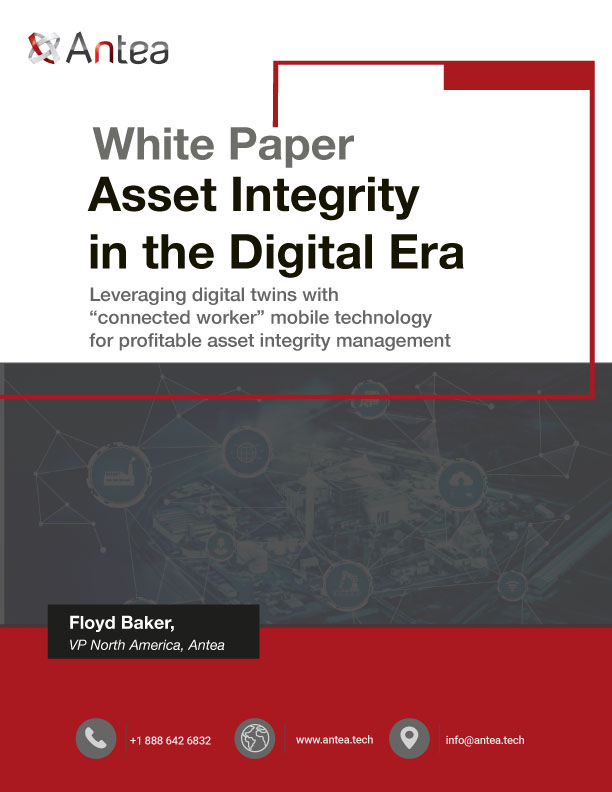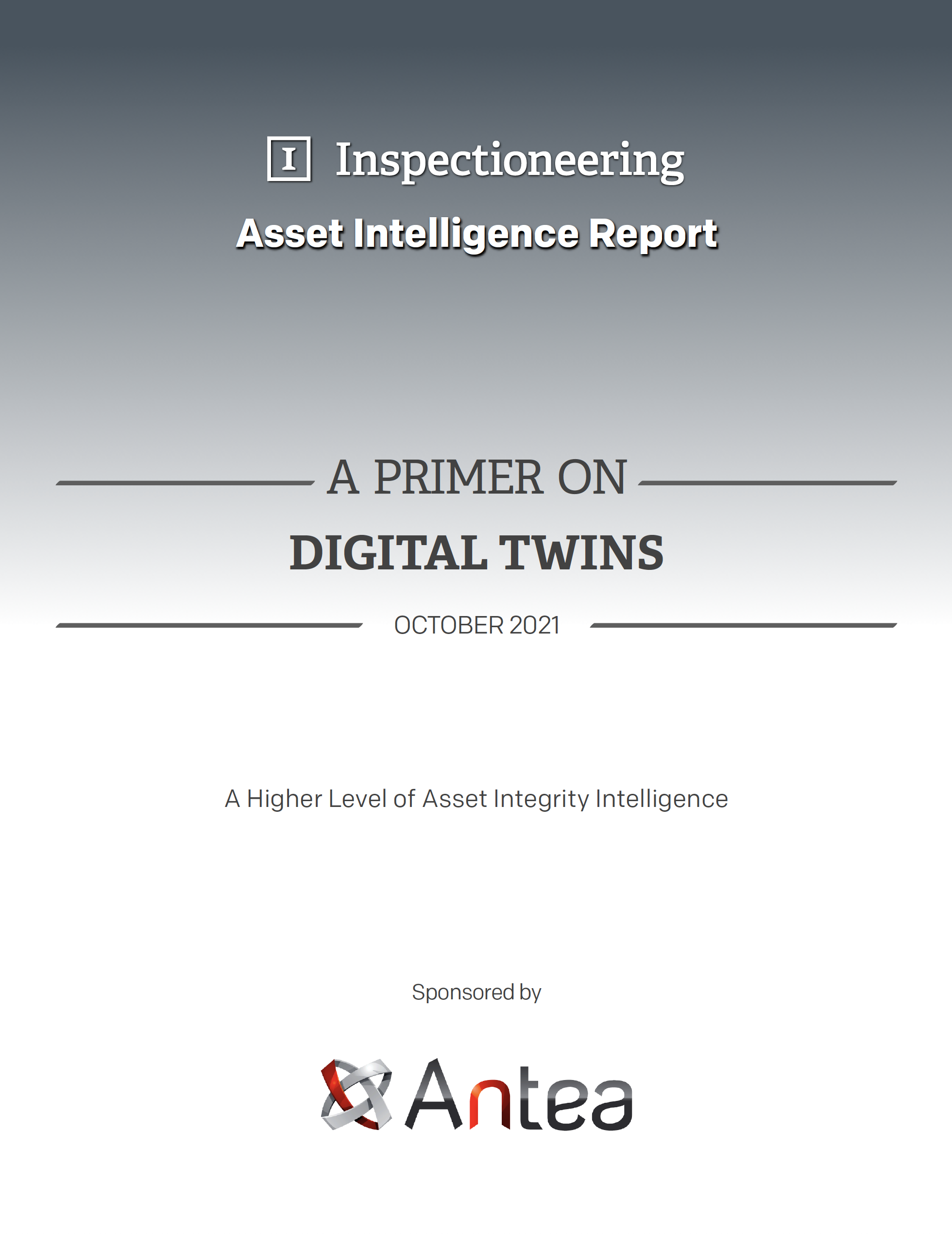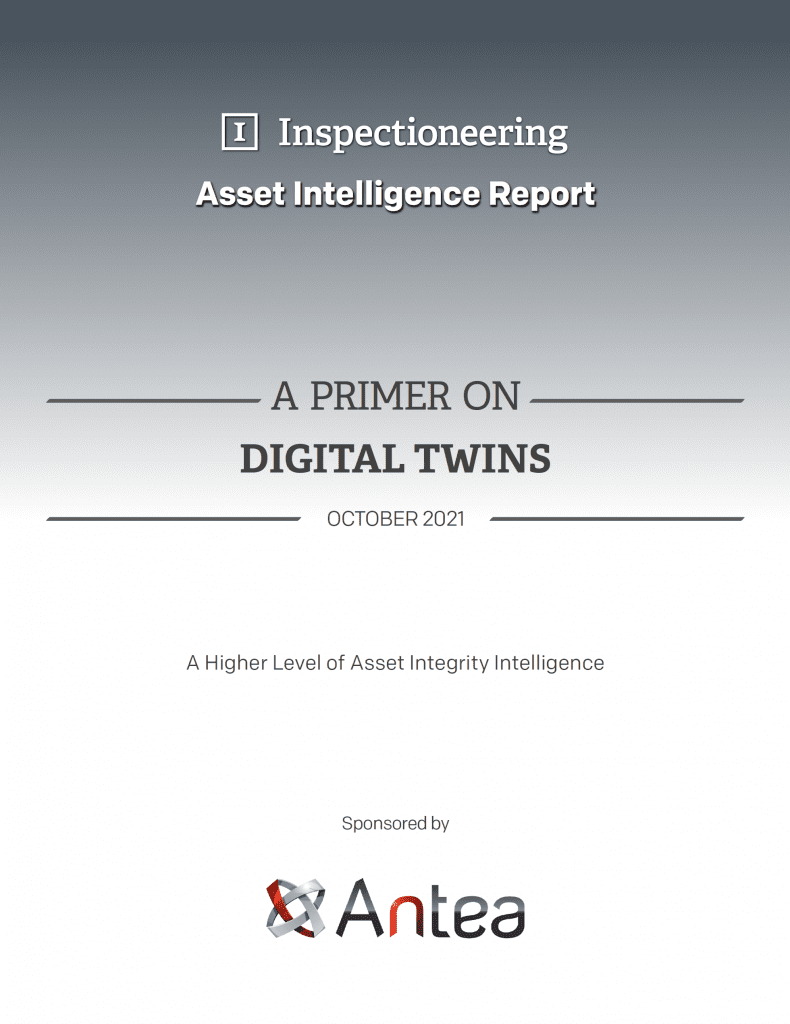Ten Cost-Saving Metrics Enabled by Asset Integrity Management Software
Operators in asset-intensive industries face stringent requirements to provide proof-of-fitness of their assets while ensuring safety and environmental considerations. These objectives become challenging if the right systems are not in place. When data is difficult to retrieve, informed decisions are harder to make. The likelihood of errors in maintenance planning increases, and with it, so too does the risk of expensive consequences like equipment failure or unplanned shutdown.
Asset integrity management (AIM) software exists to circumvent these challenges. What cost savings does AIM software deliver to a company? What have real facilities experienced after implementing digital AIM software?
This white paper examines the ten key savings drivers delivered by AIM software. Drawing on case study data and feedback from actual operators, it includes the areas where companies discovered immediate savings in the first year because of AIM and the metrics for each.
How to Transition from Inspection Software to an Integrated Mechanical Integrity Database
Many owner operators in process industries encounter issues with their asset data. Whether it be through spreadsheets, asset integrity management (AIM) systems, inspection data management systems (IDMS), legacy inspection software, or otherwise. Most often, it comes down to issues retrieving data out of a system or into it. Perhaps it’s access-only privileges, which limit data entry and continuity. Sometimes databases are simply showing their age, while others have been completely discontinued. Another common issue is the information silos that are created when too many different systems are being used.
Issues like these can be costly when data is difficult to access, or maintenance resources are wasted on the wrong assets. Often, the most cost-effective solution with the quickest return is to transition to a more feature rich AIM software with a digital database.
How is that done? What does it cost? What are the options?
In this white paper, you will learn:
- Challenges with outdated or discontinued legacy inspection software
- Comparison of AIM solutions available
- A road map for how to transition to a new system
- A cost-benefit analysis
Mobile Technologies for Asset Integrity Management
Mobility for asset integrity management includes so much more than just a mobile app to view static data. Mobile technologies like apps, wearable devices, remote assistance, and remote collaboration help operators expedite maintenance operations by accelerating the speed at which asset data is accessed and shared between team members. There are actually four dimensions (or levels) of the technology available to capitalize on.
In this white paper, Floyd Baker, digital asset integrity expert with over 39 years of experience, examines each of these dimensions: what they enable you to do, what devices they include, and, perhaps most importantly — just how surprisingly simple and cost-effective they are to implement.
In this white paper, you will learn:
- The challenges operators of asset-intensive industries face in an increasingly digital and remote working climate
- Mobile technology as a solution for more efficient, versatile and instant inspections/reporting/maintenance
- The four dimensions of mobility: what they are, enable, and include
- Implementation: a look at how simple cost-effective it is to integrate these technologies to mechanical integrity programs
White Papers: Asset Integrity in the Digital Era
Operators of asset-intensive plants and facilities in the oil and gas, petrochemical and power generation sectors are facing many changes that affect their ability to remain profitable. Namely, the multitude of new and emerging technologies alongside rapidly changing workface demographics. What does profitable asset integrity management (AIM) look like in this new climate?
The answer lies in interconnected mobile technologies: integration with legacy systems, digital twins, mobile platforms for accessibility via mobile device, and the latest addition – “connected worker,” remote assistance enabled wearables that connect onsite field personnel to the digital AIM platform.
In this white paper, you will learn:
- The Industrial Internet of Things (IIoT) and the technologies it brings for AIM;
- In-depth look at integration, mobility, digital twin and connected worker technologies; and
- Strategic approaches to connect these technologies for enhanced profitability in the digital era.

